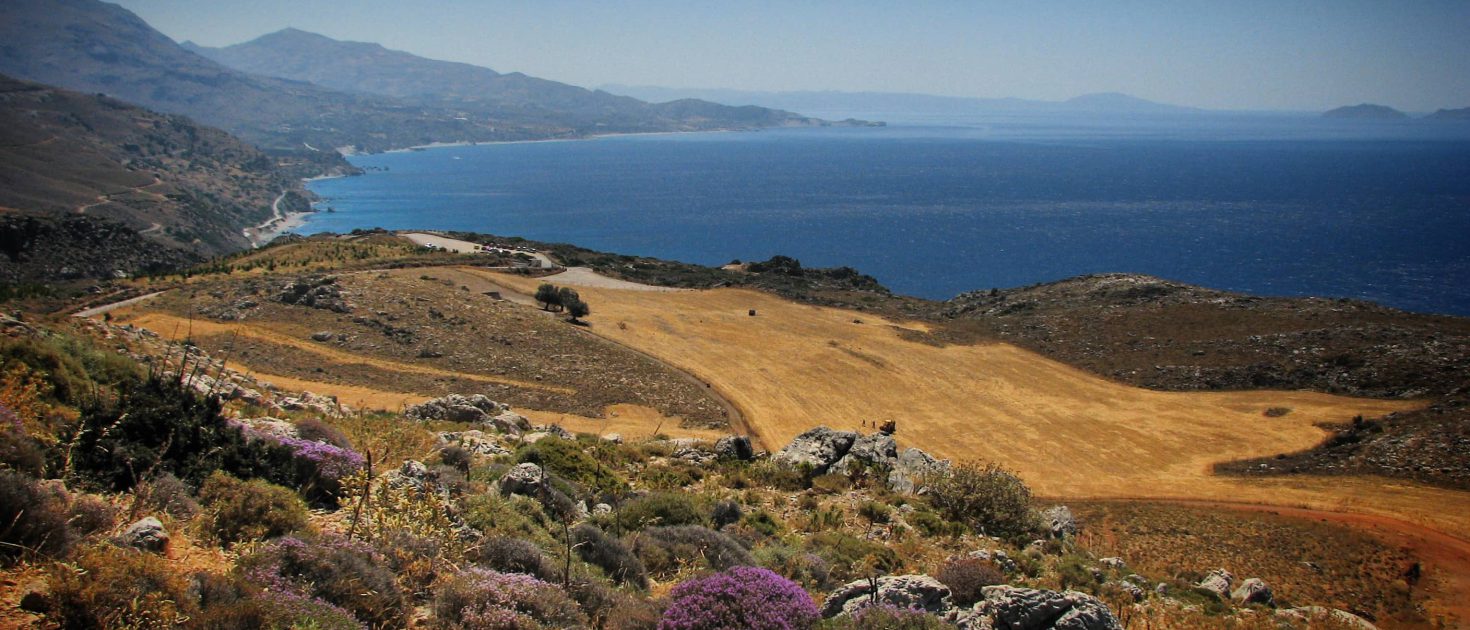
What Is a Wicked Problem?
A “Wicked Problem” is a social, environmental, economic, or political problem. They are also referred to as “complex” or “tricky” problems. These issues are typically difficult, if not impossible, to solve. However, they require a deep understanding in order to come up with an innovative solution.
Planners deal with – societal problems – are inherently different from the problems that scientists and perhaps some classes of engineers deal with. Planning problems are inherently wicked.
Designing external representations to support
(Rittel & Webber, 1984, p. 135-136)
Rittel and Webber list several characteristics of these complex “Wicked Problems.”
- There is no definitive formula for solving a wicked problem.
- Wicked problems have no stopping rule, as there is no way to know if your solution is final.
- Solutions to wicked problems are not true-or-false; they can only be good-or-bad.
- There is no immediate way to test a solution to a wicked problem.
- Every solution to a wicked problem is a “one-shot operation”. Because there is no opportunity to learn by trial-and-error, every attempt counts significantly.
- Wicked problems do not have a set number of potential solutions.
- Every wicked problem is essentially unique.
- Every wicked problem can be considered a symptom of another problem.
- There is always more than one explanation for a wicked problem because the explanations vary greatly depending on individual perspectives.
- The planner/designer has no right to be wrong and must be fully responsible for their actions.
The Problem With Natural Water Resources
Water resources are affected by environmental, social, and economic factors. While some experts believe that the water crisis in the 21st century is primarily a management issue rather than a stress and scarcity crisis, the lack of straightforward solutions has led to water resource management being described as a “wicked problem.” This problem is compounded by unknown scientific dimensions.
Climate change has had a significant impact on the frequency and intensity of droughts in many European countries. According to global climatic models, severe droughts that previously occurred once every 100 years may now occur every 10-50 years in southern and southeastern Europe.

The Wicked Problem of Crete
Crete is known for being one of the high-risk areas for droughts due to climate change. Unfortunately, the island’s water reserves have been managed inefficiently for the past 10-50 years. Southern Crete is a warm area that typically experiences only two seasons: winter and summer. Winter brings heavy rainfall, while summer can be plagued by droughts caused by high temperatures. In severe cases, rain mixed with dust from Africa.
Given these challenging weather conditions, farmers require significant amounts of water to care for their crops and rural areas. However, most of the time, the available water is insufficient not only for irrigation but also for drinking. This is a serious problem in rural areas where water is scarce.
To address this issue, the rational use of water resources is necessary. While increasing the amount of irrigation water can increase crop production to a point, excessive water usage does not enhance production. This is a complex problem that requires a sustainable solution.
Open Questions to Ask
- What is the amount of available water?
- What is the water source?
- How is the availability of water changing over time?
- What are the causes of these changes?
In addition, there are almost always multiple stakeholders involved in the management of water resources. This can make decision-making difficult, and sometimes even impossible.
Wicked Problem. Some questions to ask.
- At what point does a flood become a nuisance?
- Does the water level need to reach ankle, knee, or hip-high?
- What is water scarcity?
- How do we address water availability, demand, and allocation?
- What are the critical moments in time and space?
- Are they changing with climate change?
Related to above :
- What are the windows of opportunity available to us?
- How much information do we need to make informed decisions?
- What are our different perspectives and perceptions, and how can we bring them together to prioritize actions?
- How can we ensure equity in our decision-making?
- Is migration driven by imbalances in equity?
- Is migration driven by equity imbalance?
- Are these imbalances and migration related to water issues?
- Are smallholder farmers seeking a sustainable and acceptable quality of life?
- Or is it a dead-end road, and should we expedite the search for alternative solutions?
Characteristics of This Wicked Problem
Now, let’s analyze the characteristics of a wicked problem from the example above:
- There is no definitive formula for a wicked problem. The production relationship of a crop and the amount of water from the treatment depends on various factors. Such as climatic conditions, soil, and applied crop cultivation.
- Wicked problems have no stopping rule. As there’s no way to know that the solution is final. Due to the lack of irrigation planning, farmers began to experiment and to feel safe tend to increase the amount of water irrigation, especially when its price is very low.
- Solutions to wicked problems are not true-or-false, they can only be good-or-bad. One solution is to come to a common agreement on the amount of water each may use, but an unpredictable factor is the extreme weather conditions.
- There is no immediate test of a solution to a wicked problem. Besides other problems related to environmental changes, In Greece, we have a big bureaucracy problem, so making decisions have enough time
The solution to a wicked problem is a “one-shot operation”; because there is no opportunity to learn by trial-and-error, every attempt counts significantly. In this case, it is important to implement effective planning. This can happen, with the co-operation of ministries and agencies. So, they can implement some actions of direct return by setting up scientific working groups on the impact on each crop. - Wicked problems don’t have a set number of potential solutions. Reduce water evaporation from the ground and also reduce perspiration losses and increase water storage.
- Every wicked problem is essentially unique. Even if water resource management is a global “wicked problem”, there are some unfortunate factors that make it unique. Such as soil morphology, weather conditions, the policies implemented in each country and region, etc.
- Every wicked problem can be considered to be a symptom of another problem. The production relationship of a crop and the quantity of irrigation water depends on various factors. Such as climatic conditions, soil, and applied cultivation techniques. Because of the lack of irrigation design to put to feel safe tend to increase the amount of irrigation water, especially when its price is low.
- There is always more than one explanation for a wicked problem because the explanations vary greatly depending on the individual perspective. Crete is one of risk areas of dryness. As a result of climate change and the inefficient use of water reserves. A typical example that verifies it, is the reduced rainfall recorded in the current hydro-logical year throughout the region of Crete.
- The planner/designer has no right to be wrong and must be fully responsible for his/her actions. Optimization of the use of irrigation water through. a) The annual maintenance of the irrigation network. b) The calculation of the irrigation dose based on the meteorological information, the type of the soil, the type and age of the crop, and also the time of the previous irrigation. In the case of reduced water availability (periods of dry), the water needs to follow a strict process of calculating at critical stages of plant growth.
At this point, I recommend watching the talk by Tom Wujec. His talk provides an approach to practicing systems thinking and collaborative visualization
How Can Design Thinking Help Us Solve Wicked Problems?
Design thinking is a methodology that can help us understand any kind of problem and produce innovative and complete solutions. It is particularly useful for addressing “Wicked Problems”. Combining systems thinking with the agile methodology enables you to iterate and test your solution, leading to the most valuable outcome.
In Conclusion
When dealing with a wicked problem, a significant part of the solution is defining the problem itself. Keep in mind that “wicked problems” are not inherently evil; they are challenging because there is no apparent single cause. As designers, we bear the responsibility of finding and generating the best possible solution, even if the wicked problem is vague and imprecise, and the best solution has not yet been discovered.
Images
Hero Image: Copyright holder: Sergei Gussev. Copyright terms and license: Attribution 2.0 Generic (CC BY 2.0)
Giuseppe Milo – Corvara, Alta Badia – Landscape photography. Copyright terms and license: Attribution 2.0 Generic (CC BY 2.0)
Similar Articles

Why Is Empathy Important in Design Thinking?
If you want your products to work effectively, you need to begin the design [...]
Continue Reading
My Approach To Design Thinking
What’s Design Thinking? Design thinking in contrast to business-centered processes is a human-centered process. [...]
Continue Reading